Home>Ideas and Tips>Designing A Small Space With Functional Style
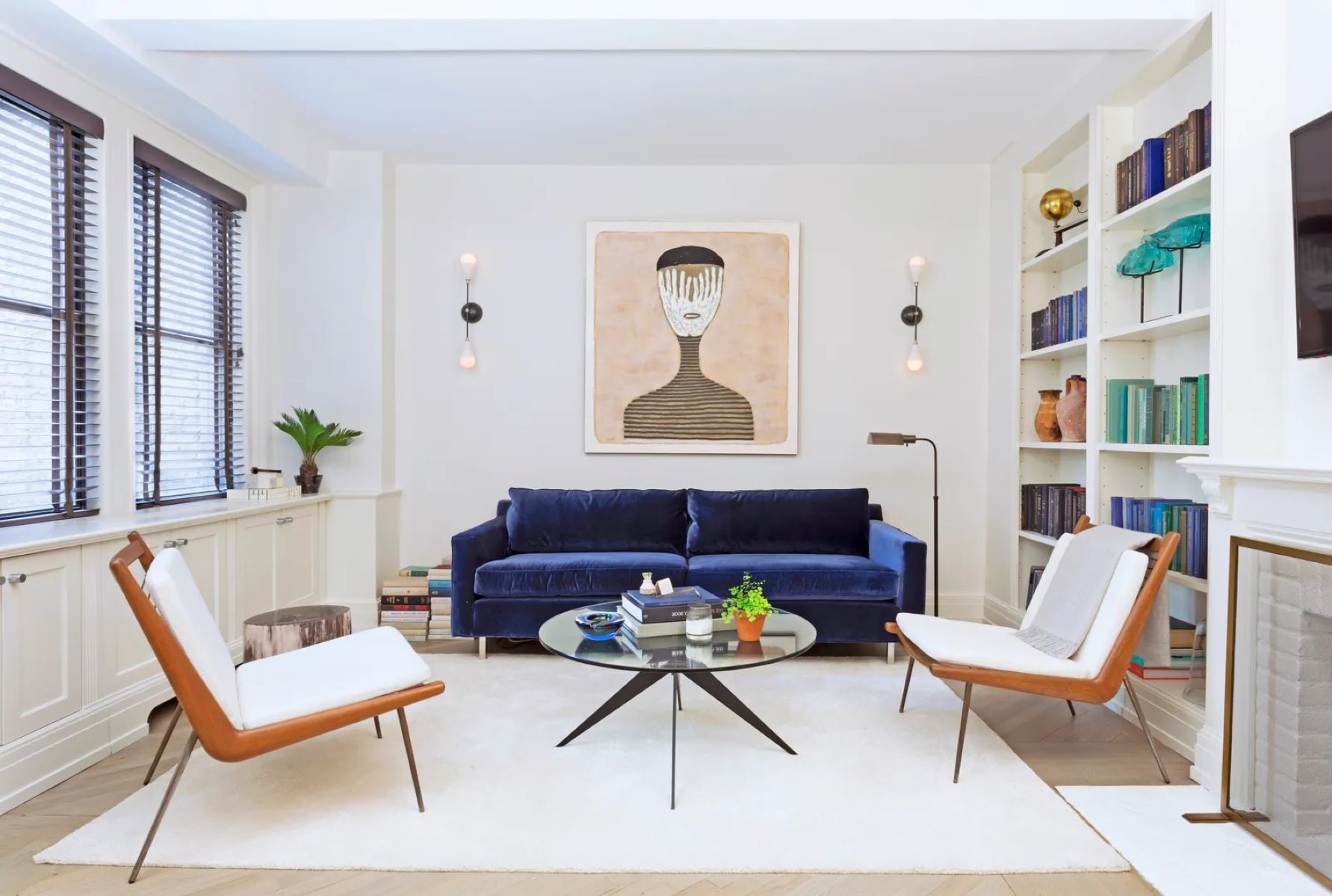

Ideas and Tips
Designing A Small Space With Functional Style
Published: October 31, 2024
Maximize your small space with functional style. Discover tips on multi-functional furniture, light colors, and smart layouts for a stylish, clutter-free home.
(Many of the links in this article redirect to a specific reviewed product. Your purchase of these products through affiliate links helps to generate commission for Storables.com, at no extra cost. Learn more)
Designing a small space can be a real head-scratcher, but it’s totally doable with a bit of creativity and planning. You might wonder, "How can I make my tiny room both functional and stylish?" Well, the answer lies in smart choices and clever tricks that maximize every inch of your space. Let’s dive into some practical tips and expert advice to help you transform your small space into a cozy, functional haven.
Assess Your Space
First things first, you’ve got to know what you’re working with. Grab a tape measure and jot down the dimensions of your room. Measure the length, width, and height, and don’t forget to note any obstacles like doors, windows, or built-in features. This step is crucial because it helps you visualize how everything will fit together.
Measure Everything
- Length, Width, Height: Get the exact measurements of your room.
- Obstructions: Note down radiators, electrical outlets, and plumbing fixtures.
- Windows and Doors: Measure these too, as they’ll affect furniture placement.
Identify Key Areas
Think about what you need in your room. Do you need a place to sleep, work, and relax? Identifying these key areas will help you plan your layout.
- Living Area: Where will you sit and relax?
- Sleeping Area: Where will you sleep?
- Work Area: Where will you work or study?
- Storage Area: Where will you store your stuff?
Choose Multi-Functional Furniture
In a small space, every piece of furniture should earn its keep. Multi-functional furniture is your best friend here. These pieces serve more than one purpose, helping you save space and reduce clutter.
Examples of Multi-Functional Furniture
- Sofa Bed: Perfect for small living rooms or guest rooms.
- Storage Ottomans: Great for storing blankets, pillows, or clothes.
- Desk with Storage: Keeps your workspace organized.
- Murphy Bed: Ideal for small bedrooms, folds up when not in use.
Optimize Your Layout
The layout of your room can make or break your space. Here are some tips to help you get it right.
Use a Floor Plan
Creating a floor plan can help you visualize different layouts before you start moving furniture around. You can use graph paper or online tools like RoomSketcher or Floorplanner.
Create Zones
Divide your room into zones based on their functions. This helps you make the most of your space.
- Seating Zone: For relaxation and socializing.
- Work Zone: For studying or working.
- Sleeping Zone: For rest.
Consider Traffic Flow
Make sure there’s enough space between furniture pieces for easy movement. A good rule of thumb is to leave at least 30 inches between items.
Use Vertical Space
Don’t forget about your walls! Wall-mounted shelves, hooks, and storage units can help you keep the floor clear and add visual interest to your room.
Select Light-Colored Paints
Light-colored paints can make a small space feel larger by reflecting light and creating an illusion of more space.
Why Light Colors Work Best
- Reflection: Light colors reflect light better than dark colors.
- Perception: They can make walls seem farther apart.
Tips for Choosing Paint Colors
- Neutral Tones: Shades like white, cream, beige, or pale gray work well.
- Soft Pastels: Add warmth without overwhelming the senses.
Incorporate Mirrors Wisely
Mirrors are a great way to create the illusion of more space in small rooms.
How Mirrors Work
- Reflection: They reflect images and light, making the room appear larger.
- Depth Perception: Strategically placed mirrors can create depth.
Tips for Using Mirrors
- Place Mirrors Opposite Windows: Reflect natural light into deeper areas.
- Use Large Mirrors: Create an expansive feel.
- Avoid Overusing Mirrors: Too many can create clutter.
Read more: 5 Ways To Style A Small Bedroom
Select Minimalist Decor
Minimalist decor is key in a small space because it avoids clutter and keeps the focus on essential elements.
Why Minimalist Decor Works Best
- Clutter-Free Environment: Keeps unnecessary items out of the way.
- Visual Focus: Maintains focus on what truly matters.
Tips for Choosing Minimalist Decor
- Limit Patterns & Textures: Too many can overwhelm the space.
- Choose Simple Shapes: Opt for spheres, cylinders, or cubes.
Incorporate Plants
Plants not only look good but also improve air quality and mental well-being.
Benefits of Plants
- Air Purification: Many plants have natural air-purifying properties.
- Mental Health Benefits: Reduce stress and improve mood.
Tips for Adding Plants
- Compact Varieties: Choose succulents or air plants.
- Hanging Baskets: Maximize vertical space.
Utilize Hidden Storage Solutions
Hidden storage solutions help keep clutter out of sight while maintaining functionality.
Examples of Hidden Storage Solutions
- Under-Bed Storage: Use bins or drawers for clothes or linens.
- Hollowed-Out Books: Store small items like jewelry or keys.
Consider Smart Furniture
Smart furniture is designed to be both functional and stylish.
Examples of Smart Furniture
- Foldable Tables: Perfect for small kitchens or dining areas.
- Retractable Desks: Convert your workspace into a living area quickly.
Add Texture with Rugs
Rugs add texture and warmth to a room while defining different zones.
Why Rugs Work Best
- Define Zones: Create distinct areas for seating, sleeping, etc.
- Add Texture: Essential for creating depth.
Tips for Choosing Rugs
- Choose Small Rugs: Place them strategically under furniture.
- Opt for Low-Pile Rugs: Easier to clean and maintain.
Designing a small space requires careful planning and smart choices. By assessing your space, choosing multi-functional furniture, optimizing your layout, and incorporating light colors, mirrors, minimalist decor, plants, hidden storage, smart furniture, and rugs, you can create a functional and stylish environment. Remember, every inch counts, so make the most of it!
Was this page helpful?
At Storables.com, we guarantee accurate and reliable information. Our content, validated by Expert Board Contributors, is crafted following stringent Editorial Policies. We're committed to providing you with well-researched, expert-backed insights for all your informational needs.
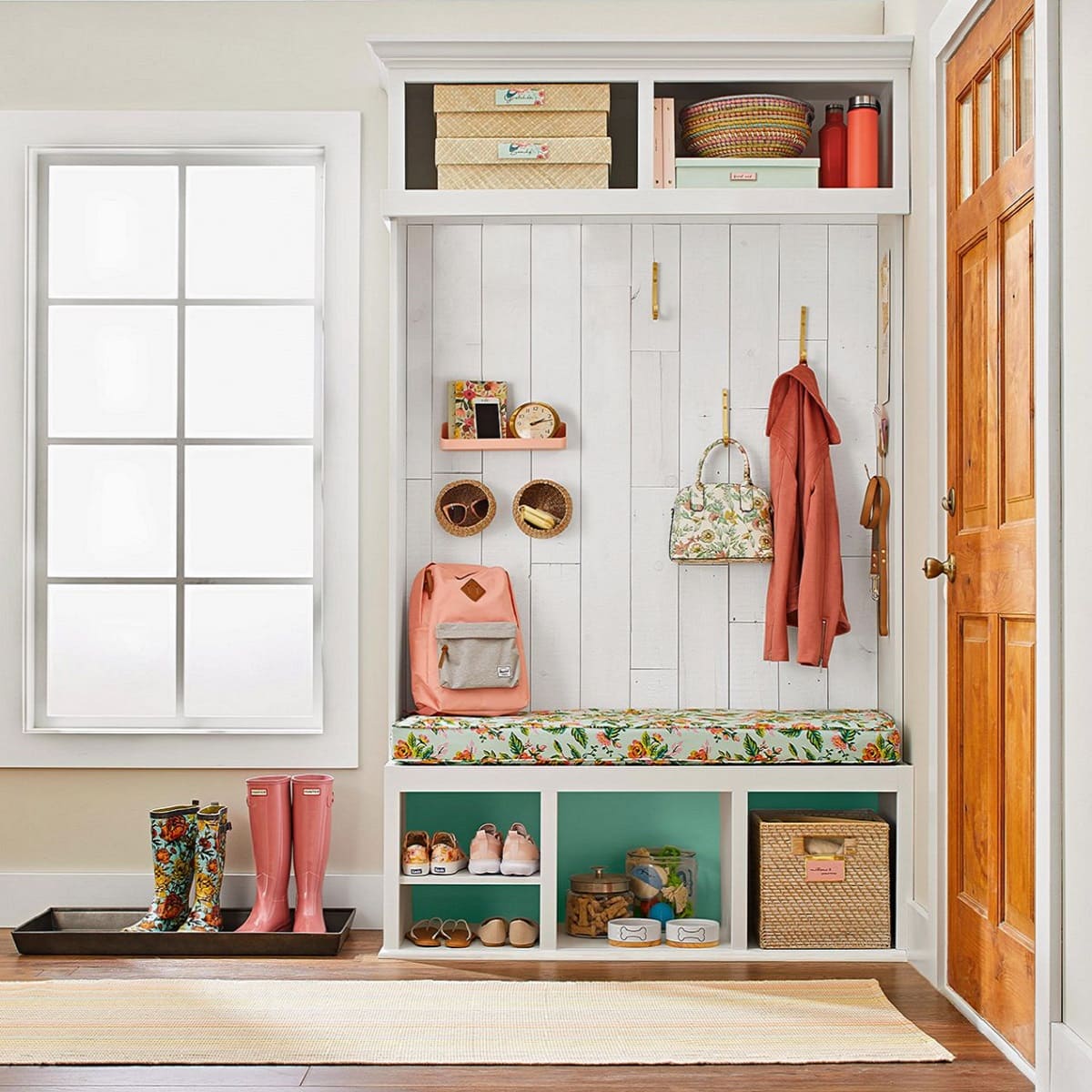
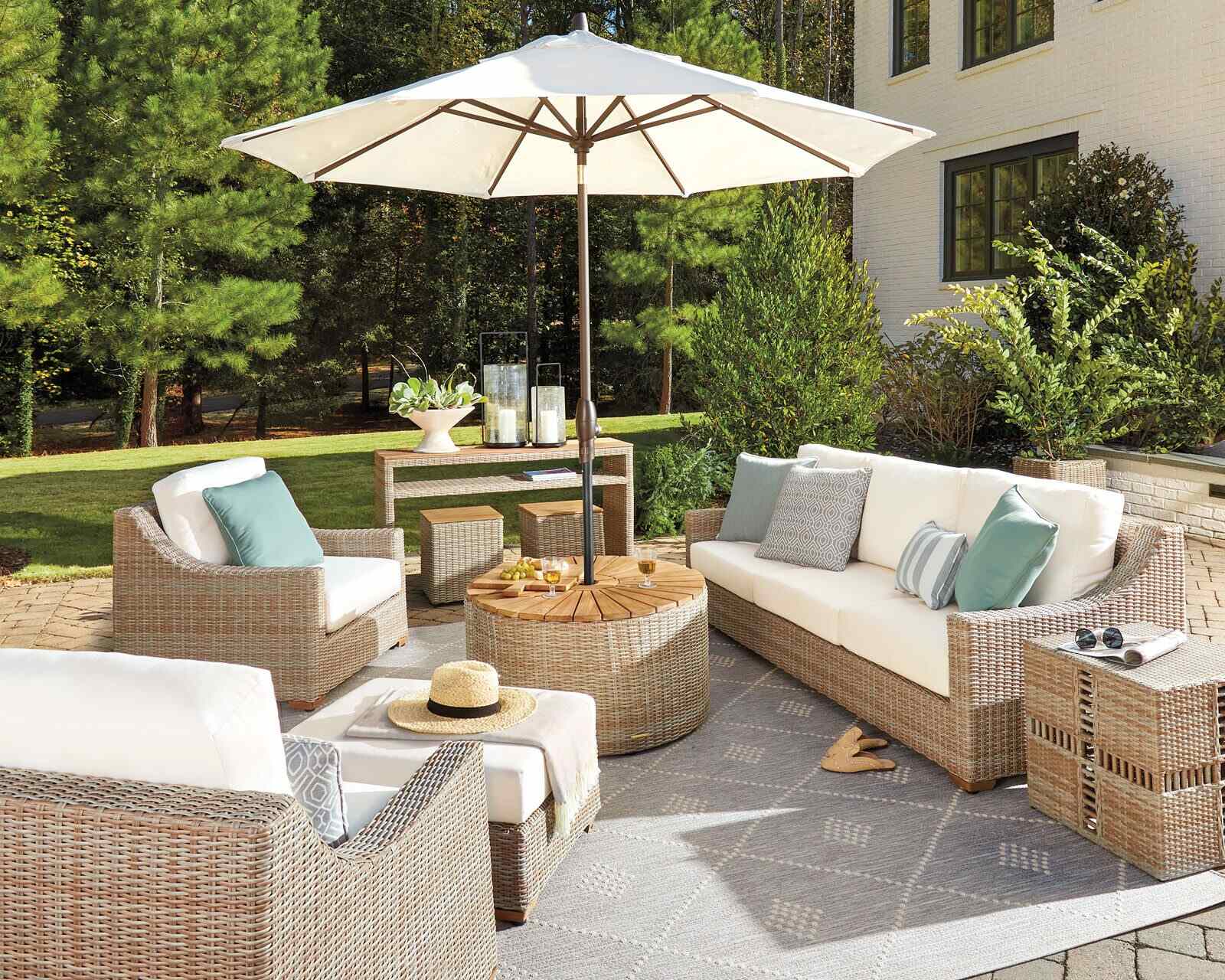
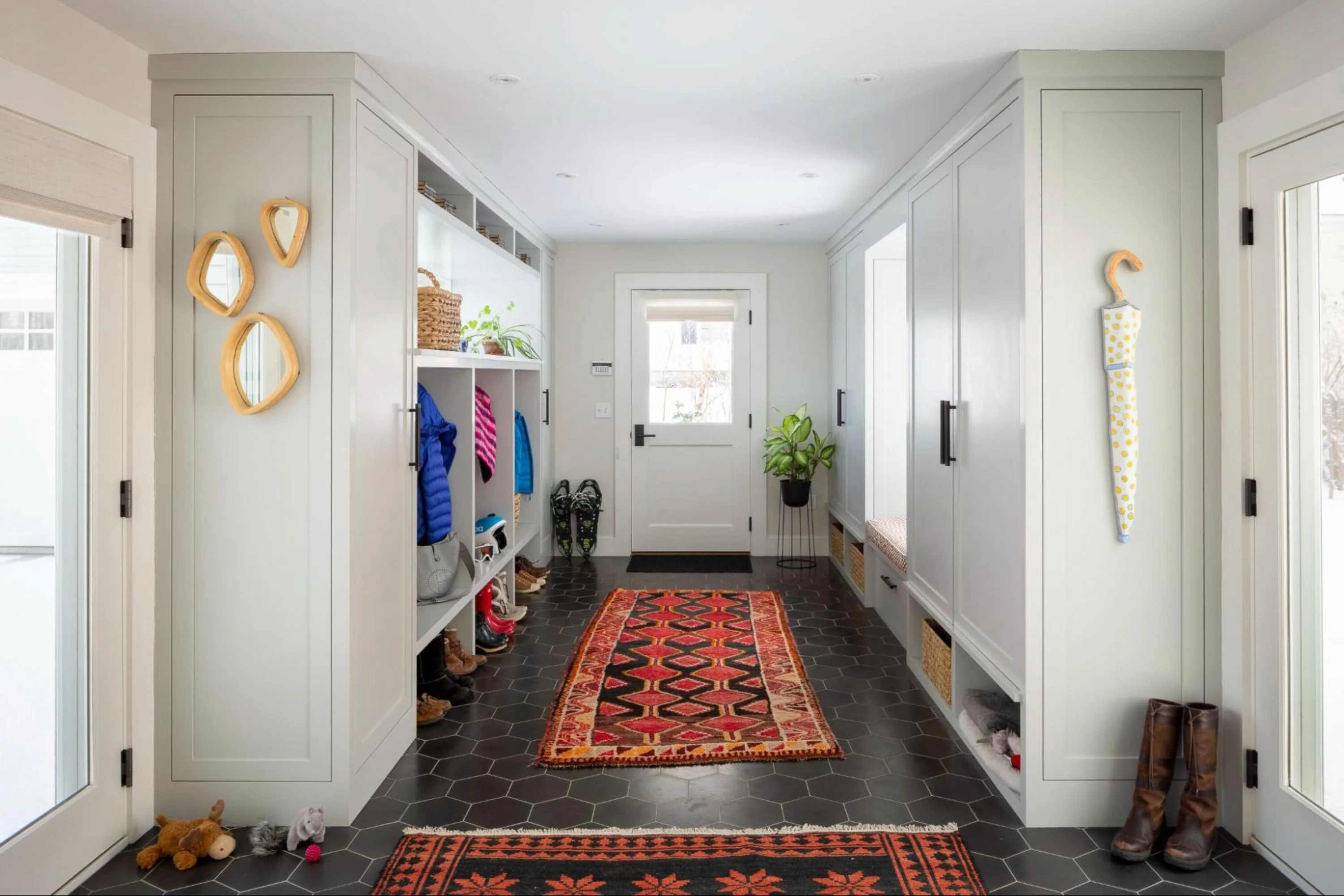
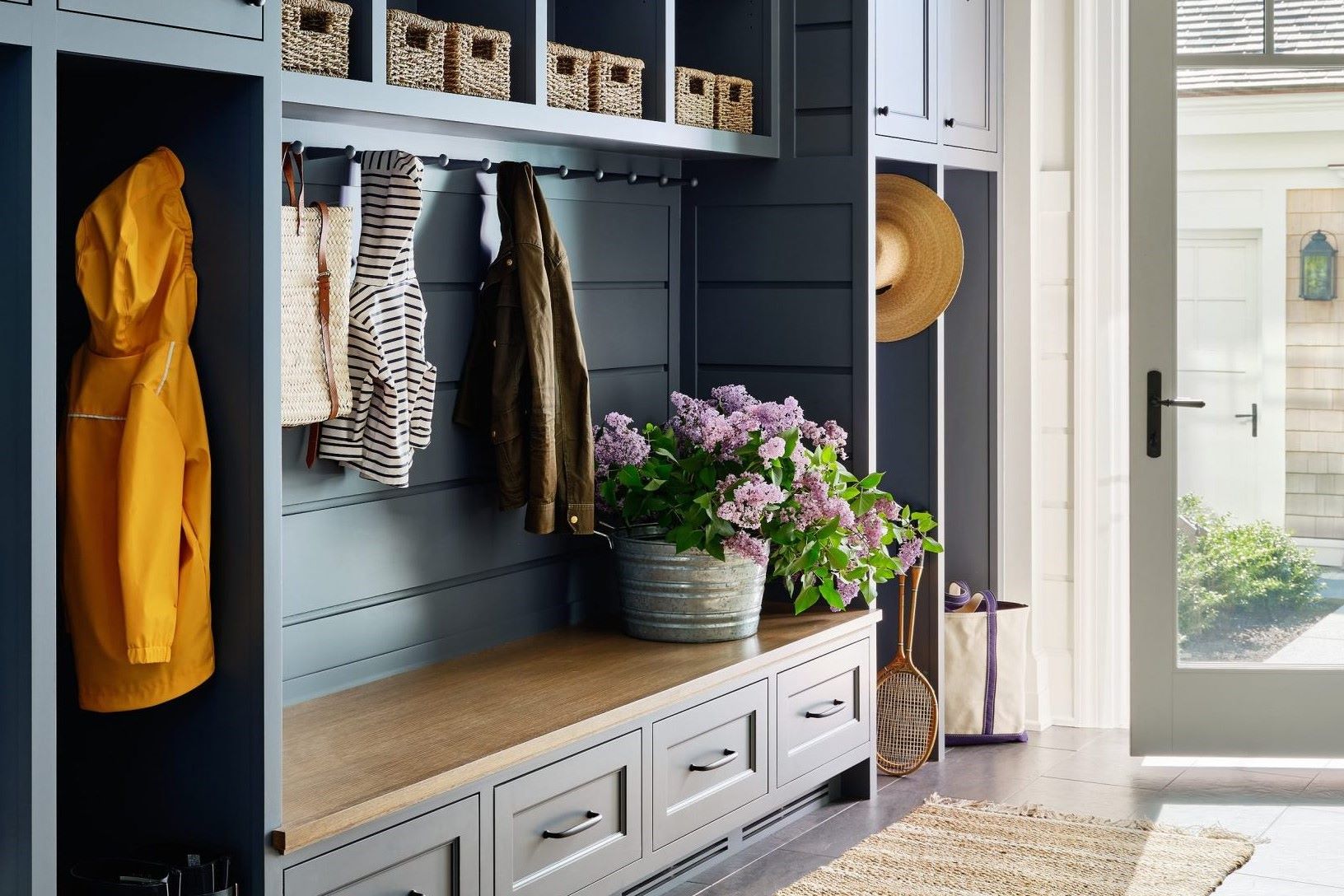
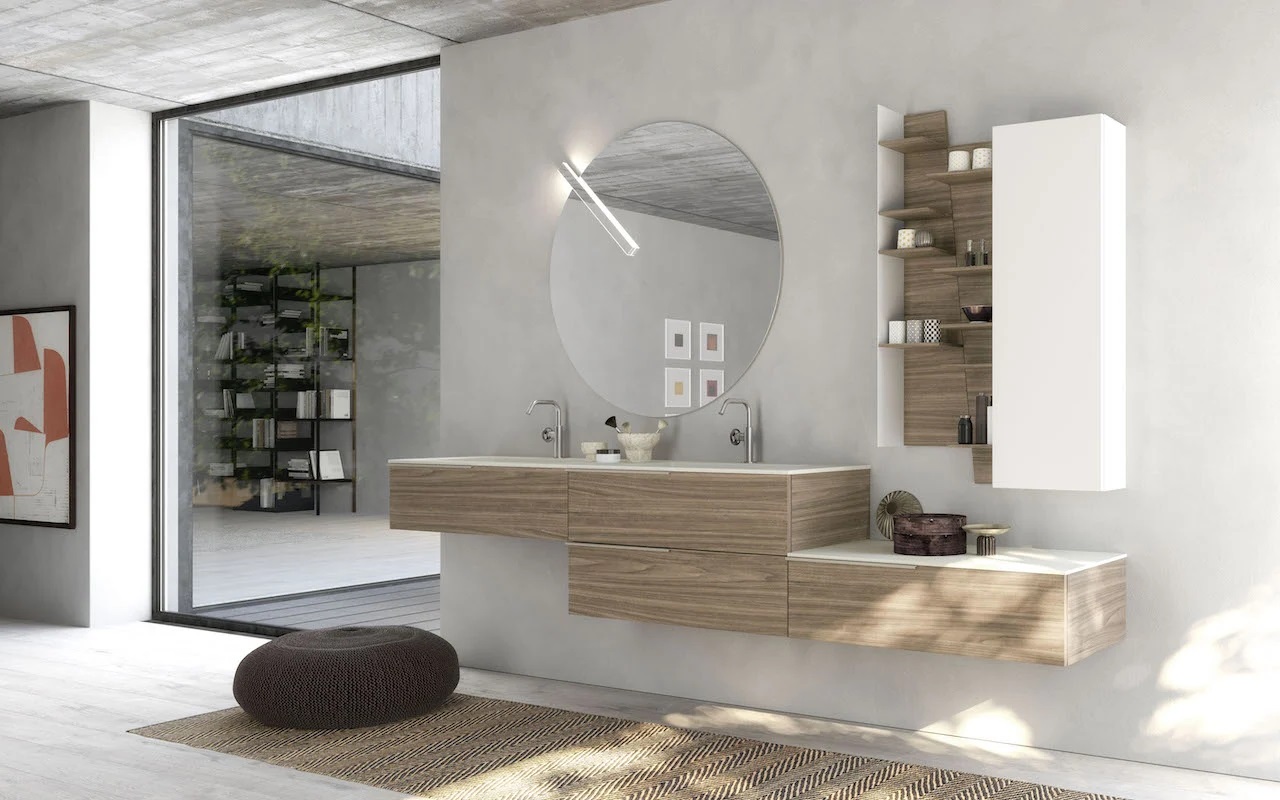
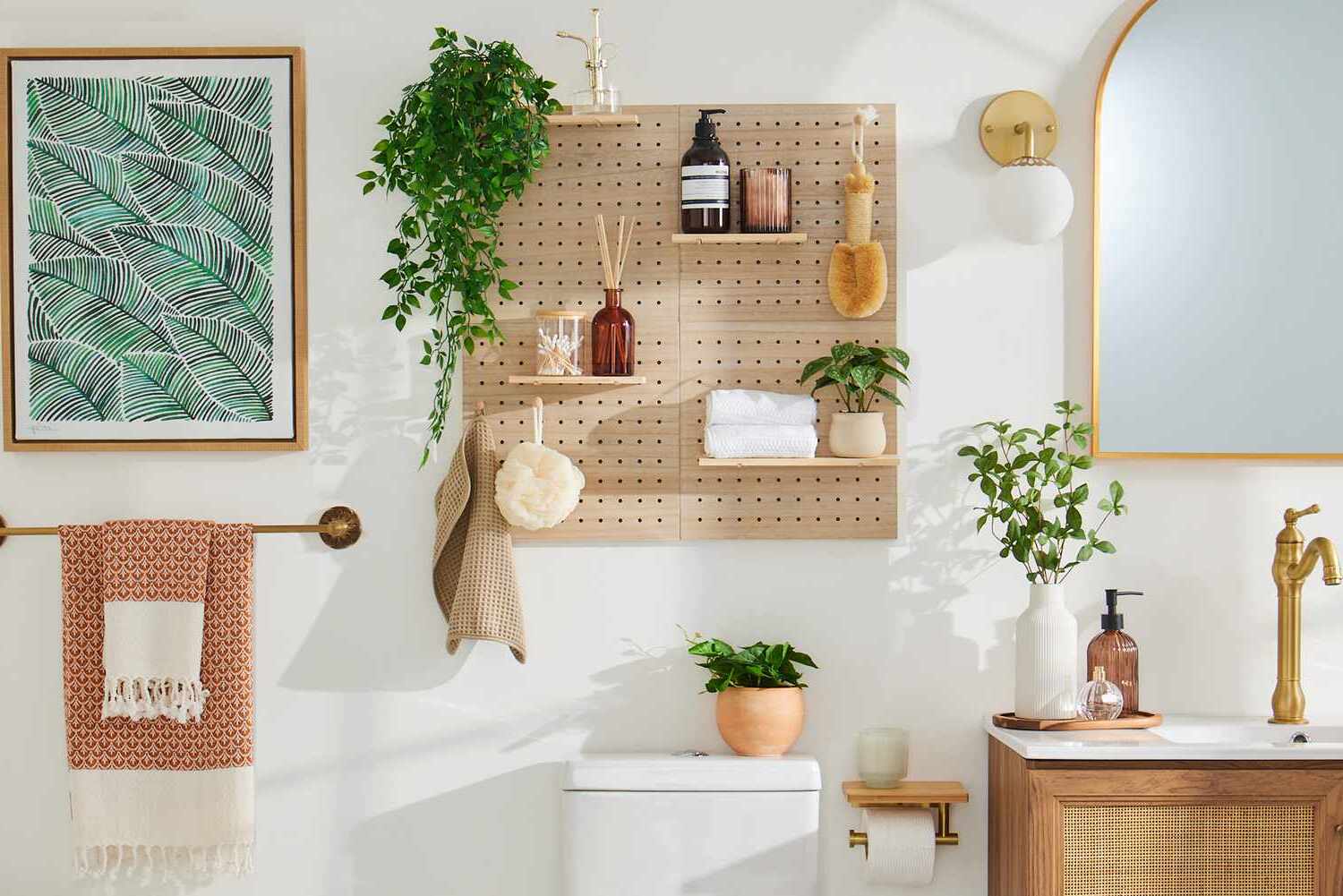
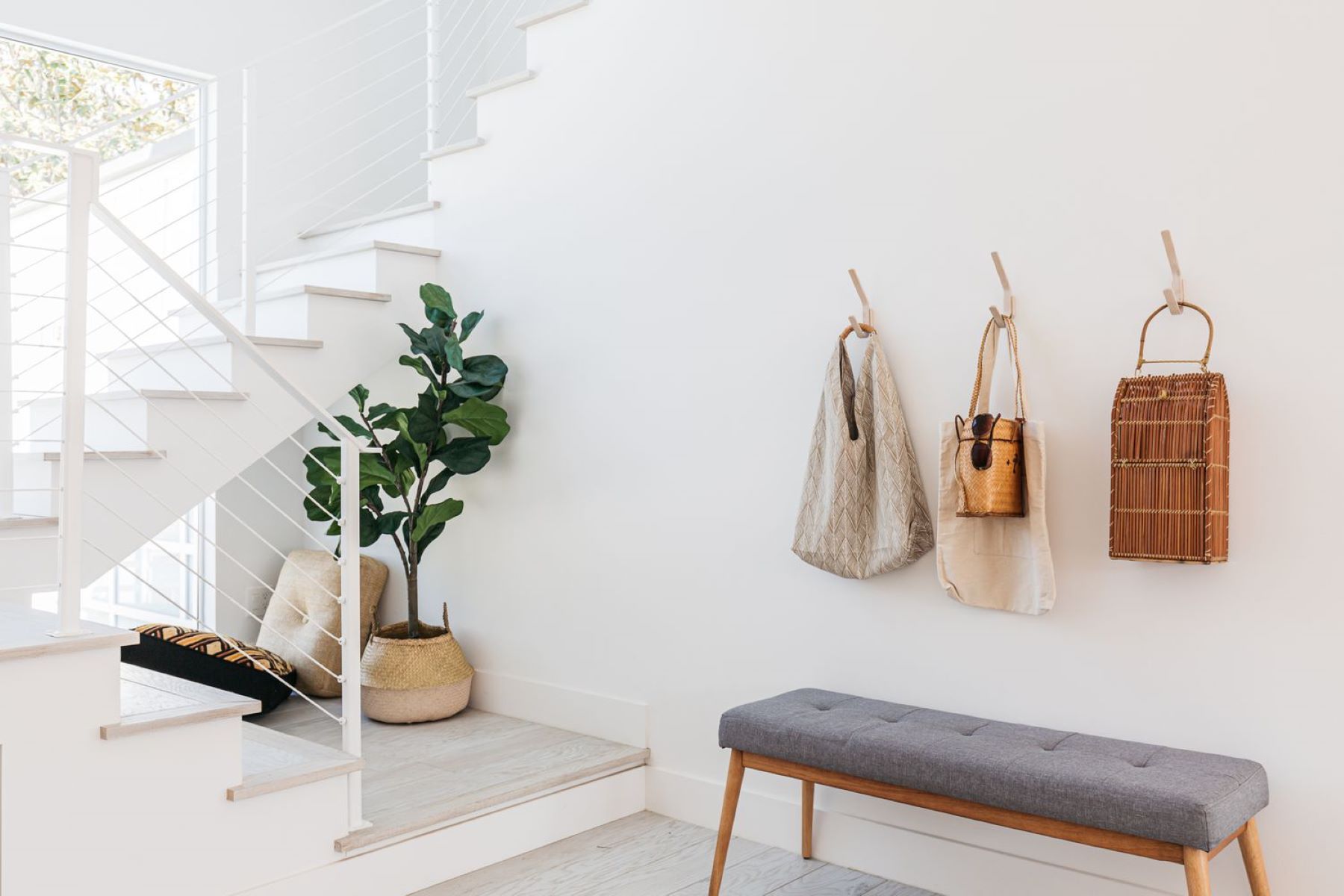
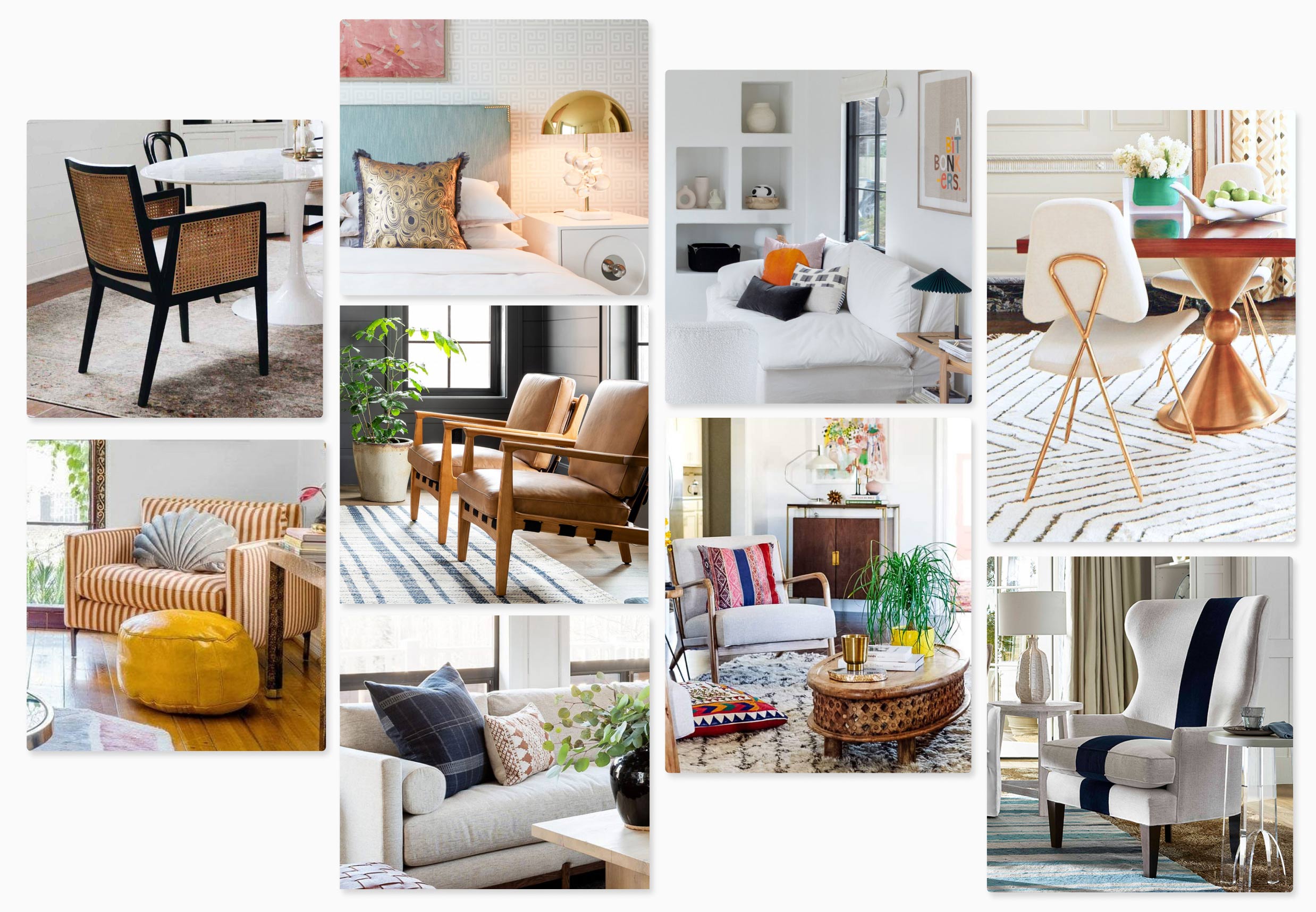
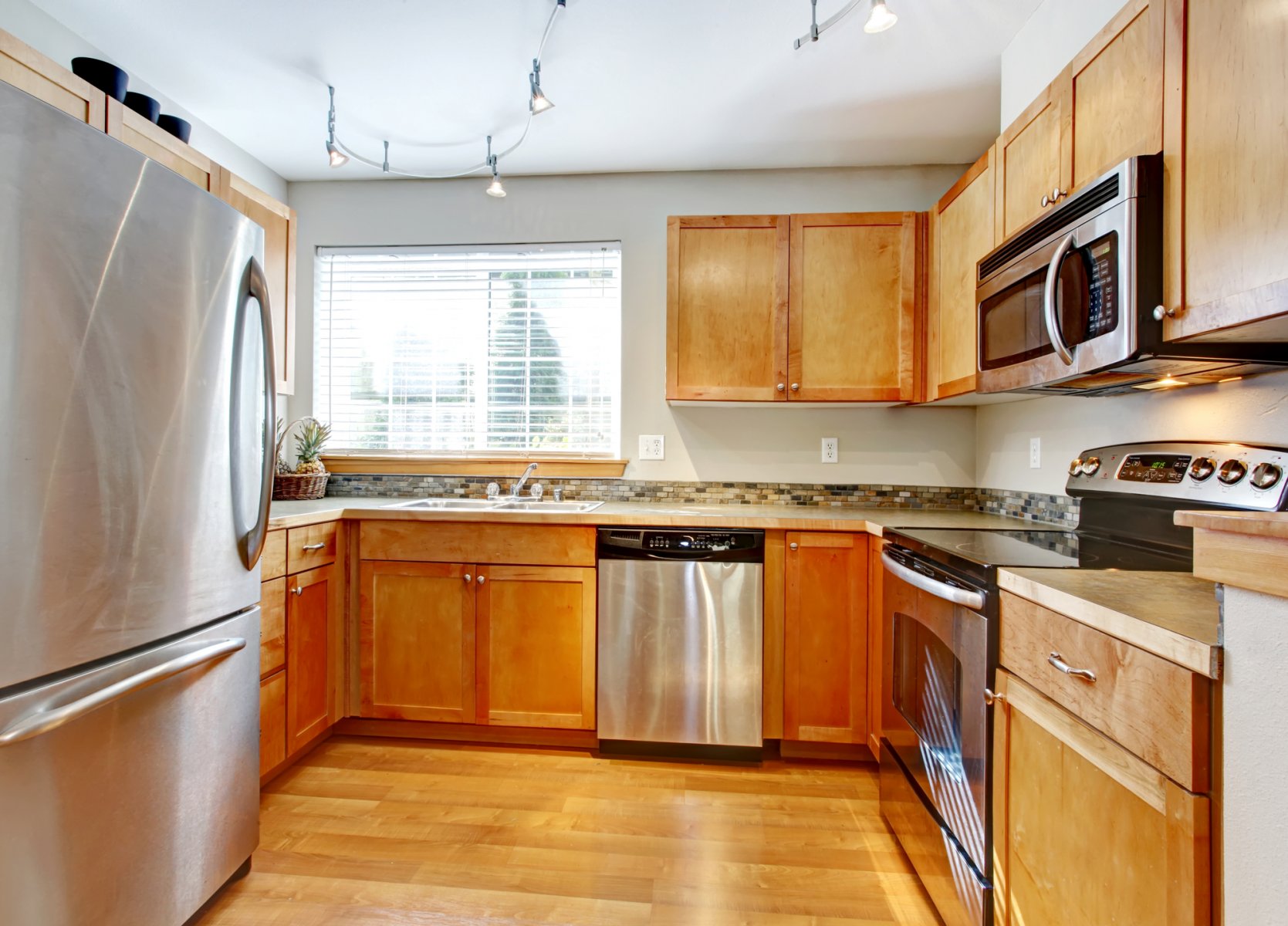

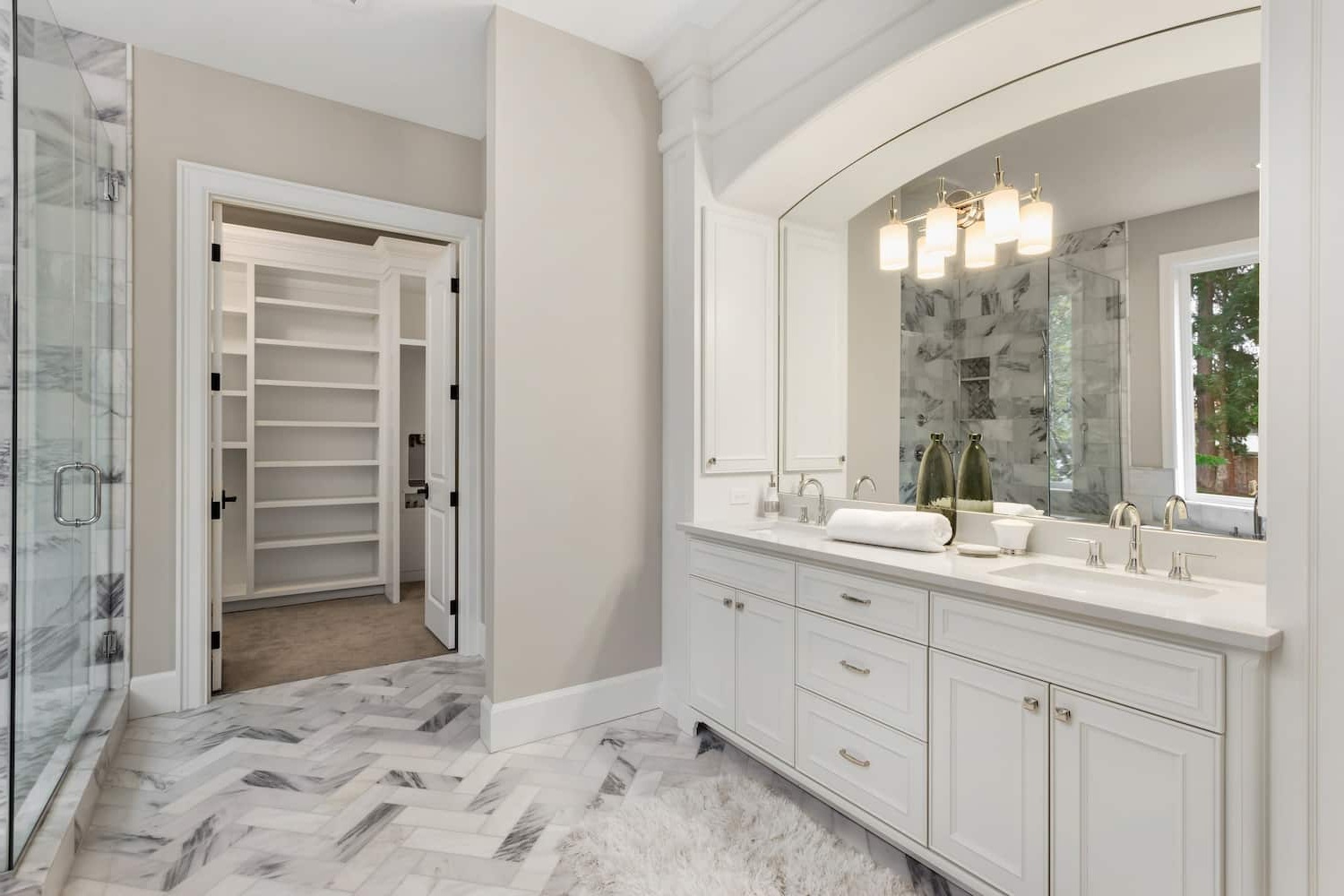

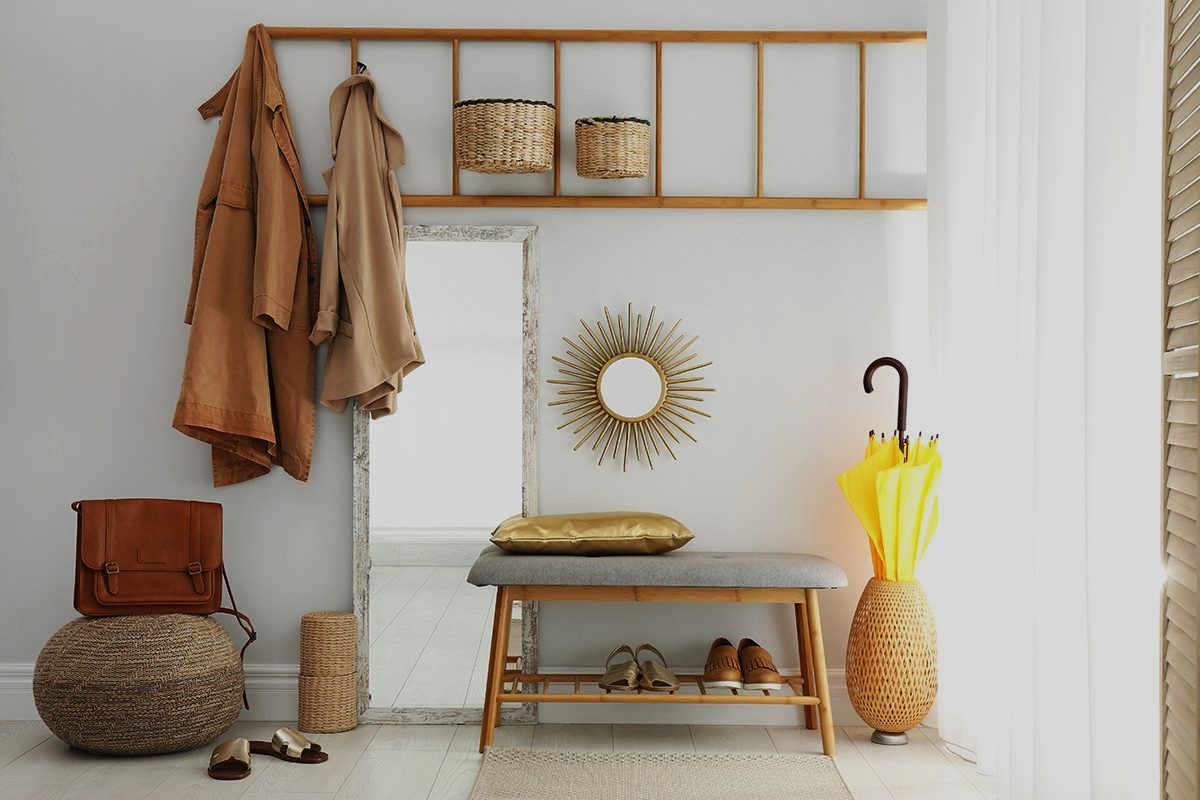

0 thoughts on “Designing A Small Space With Functional Style”